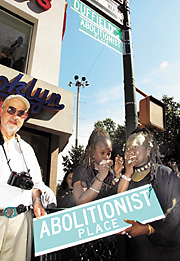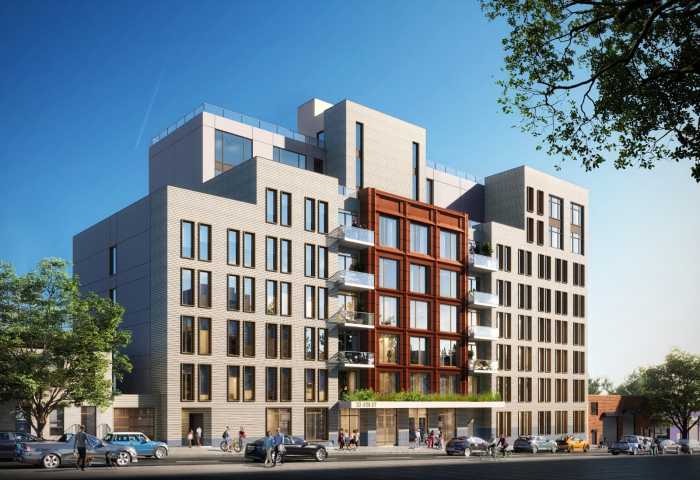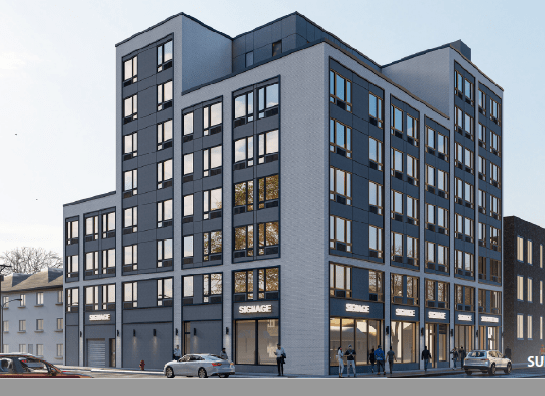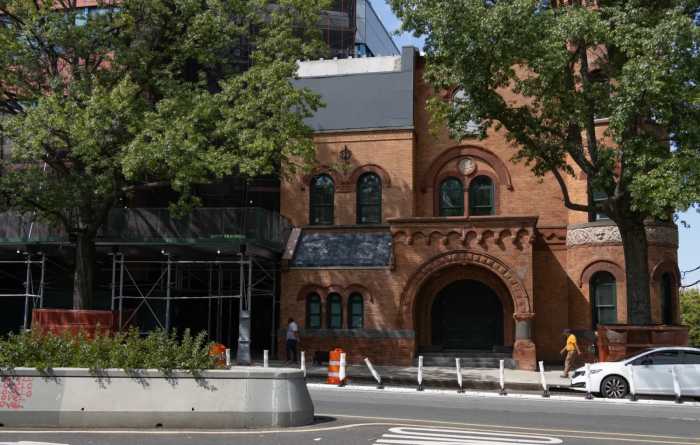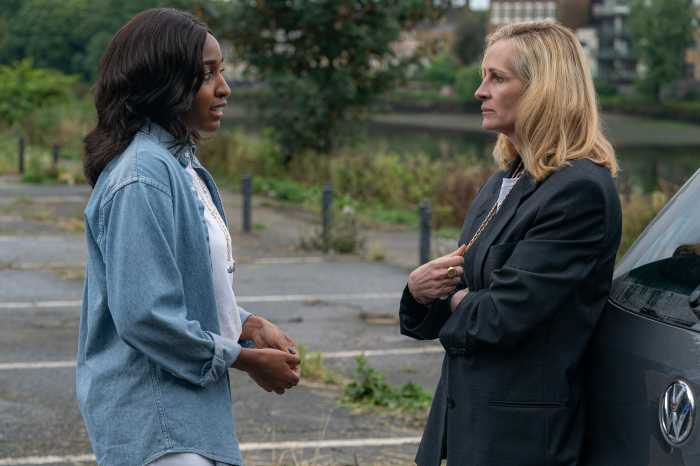At long last, Brooklyn will soon get its own Abolition trail, thanks to a just-announced $3-million project to commemorate the borough’s rich history in the battle against slavery.
“The history of American slavery has been told many times on a national level, but this project will do much to highlight Brooklyn’s unique role in the struggle for racial freedom,” said Seth Pinsky, president of the Economic Development Corporation, which offered details of the project last week.
A self-guided “abolitionist trail” is part of “In Pursuit of Freedom,” the formal name of the four-pronged approach to memorializing the history of abolitionism and the Underground Railroad in Brooklyn.
In addition to a physical trail of Abolitionist sites there will be a staged performance by the Irondale Ensemble Project performing arts group; a new Web site; and permanent exhibits at the Brooklyn Historical Society, the Weeksville Heritage Center in Bedford-Stuyvesant, and at the Lafayette Avenue Church in Fort Greene.
The project was first conceived last year as part of a settlement with Downtown Brooklyn resident Joy Chatel, who fought to keep her Duffield Place house saved from the wrecking ball.
City planners had hoped to tear down the home and others along Duffield and Gold streets to create Willoughby Square Park, the 1.8-acre Bryant Park-like prized gem and centerpiece of a redesigned Downtown Brooklyn.
But after historians showed that Chatel’s house, at 227 Duffield St., was once a stop on the Underground Railroad, the city did an about-face, co-naming Duffield Street “Abolitionist Place” and promised $2 million to commemorate the fight against the so-called “Peculiar Institution” of slavery.
Historians and archivists are already at work on the self-guided abolitionism trail and are brainstorming sites throughout the borough and how best to represent them, said Historical Society President Deborah Schwartz. There will be a combination of markers at physical places, where historically significant buildings once stood or in general areas that are relevant to the history.
Chatel’s saved house will be included on the trail, forcing architects to redesign the park with her property in the southwest corner.


